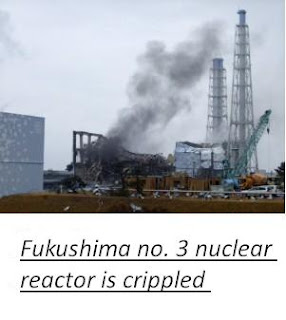Anant Babu Marahatta
Sendai, Japan
Disaster is a disaster. This time, Japan is victimized. No one knows, such catastrophe may happen anytime, anywhere, in the world.
The current world news is about the crippled Fukushima based Japanese nuclear power plants which was hit by a 9.0-magnitude quake on March 11 of 2011 and then, about 25 minutes later, a devastating tsunami. About 172,000 people lived in the 30-km zone of these plants.
In order to aware this potential risk of this scenario to the world, a current study released by “Nature” on Friday, 22nd April 2011, shows that about 90 million people worldwide live within 30 kilometers of a nuclear reactor, equivalent to the exclusion zone around Japan's crippled Fukushima plants. The United States alone has nearly 16 million people within this range, followed by more than 9 million each in China, Germany and Pakistan, and 5 to 6 million in India, Taiwan and France.
When the radius is expanded to 75 km, the number of people potentially at risk in case of a nuclear accident jumps to nearly half a billion. More than 110 million are in the U.S., 73 million in China, 57 million in India, 39 million in Germany and 33 million in Japan.
Let’s look at another way; more than 1/3rd of Americans live within 75 km of a nuclear power plant, and nearly half of all Germans.
It does suggest how many people will be at risk if something does go terribly wrong, as happened in Fukushima a month ago and in Chernobyl 25 years ago.
Sources:
‘The Japan Times” daily newspaper.
www.nature.com











